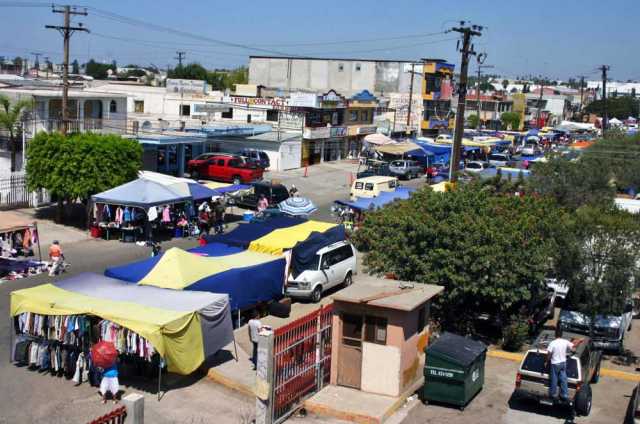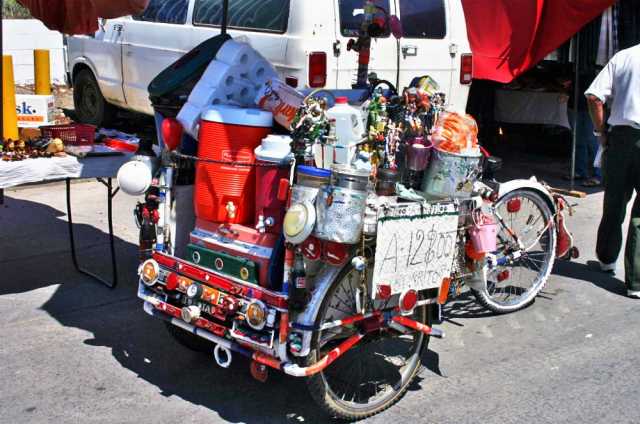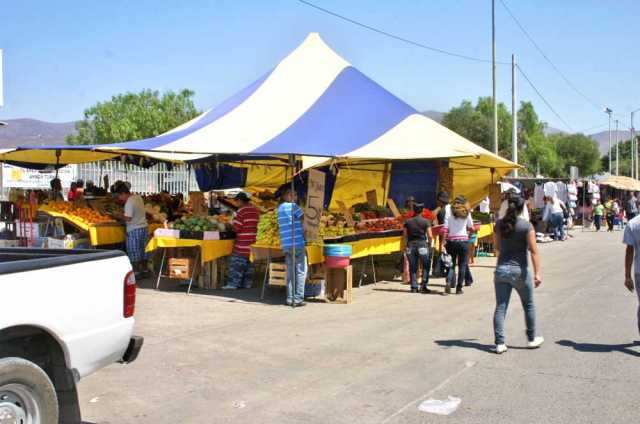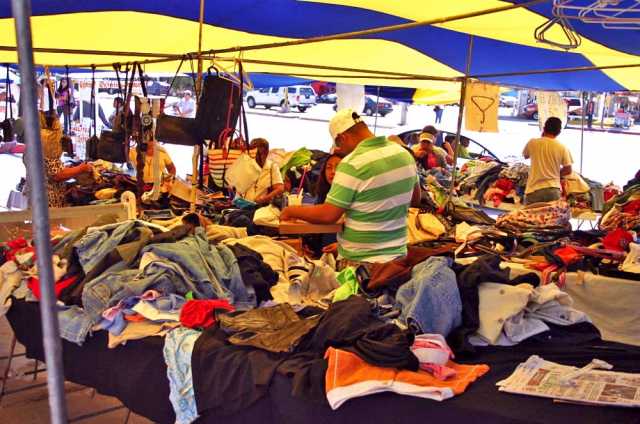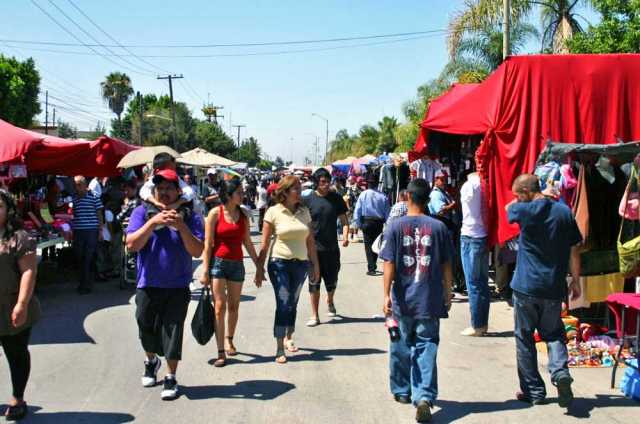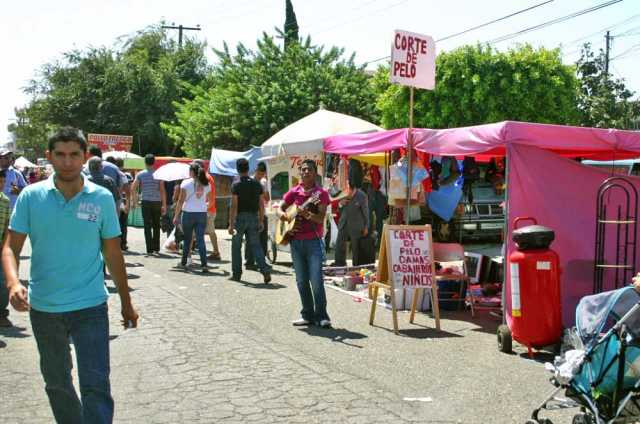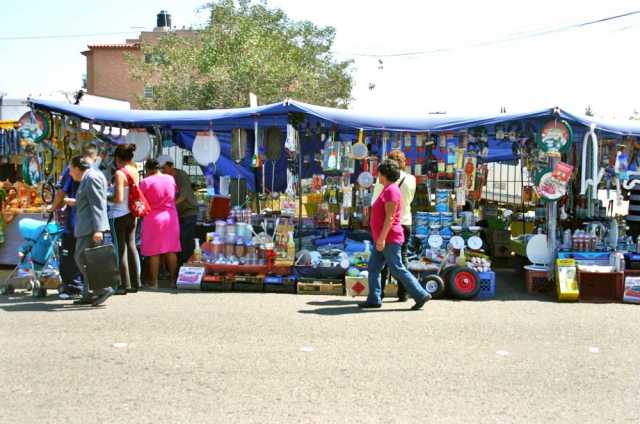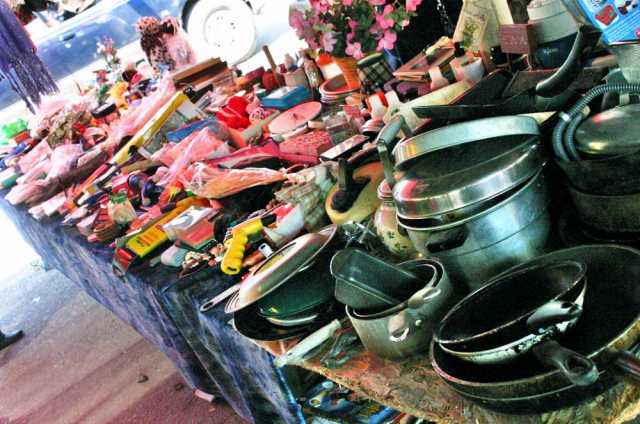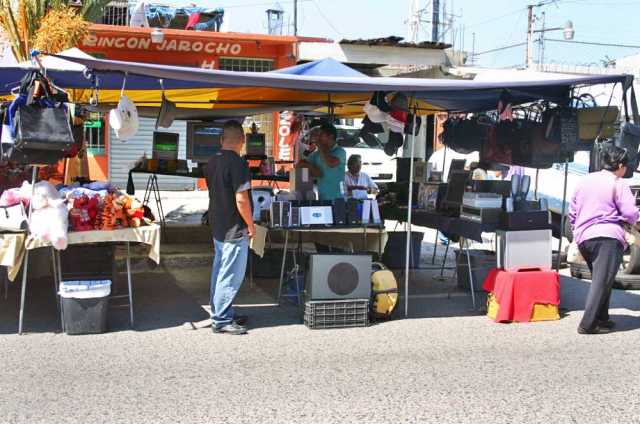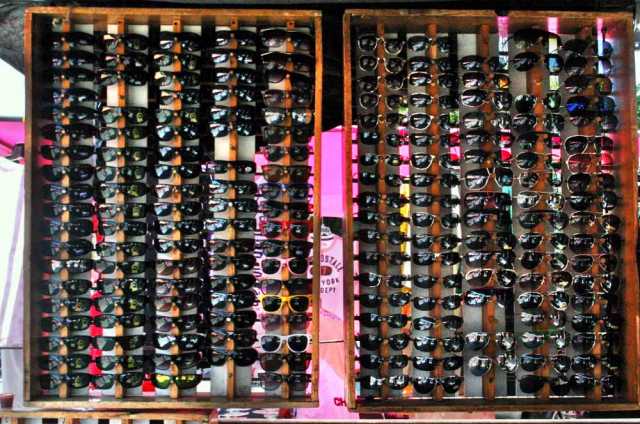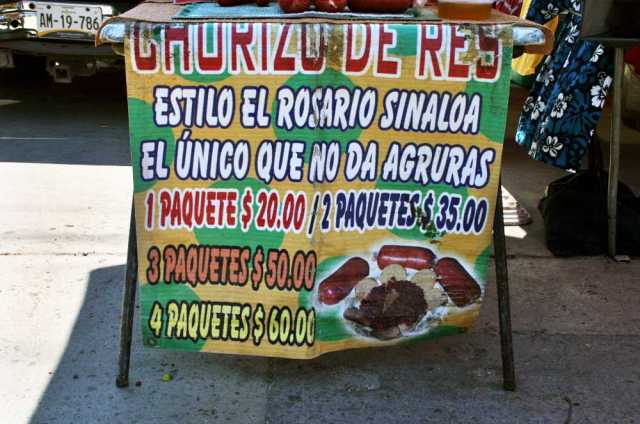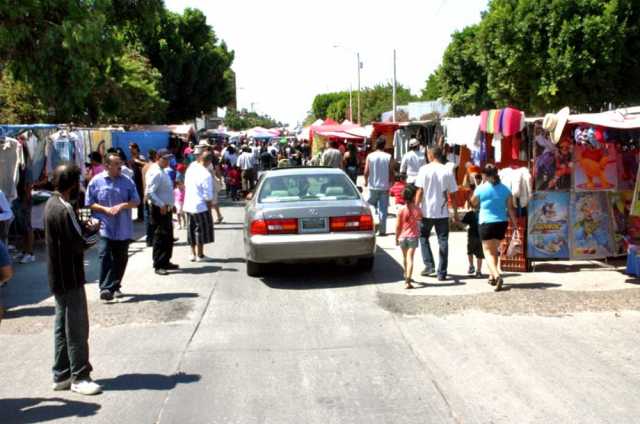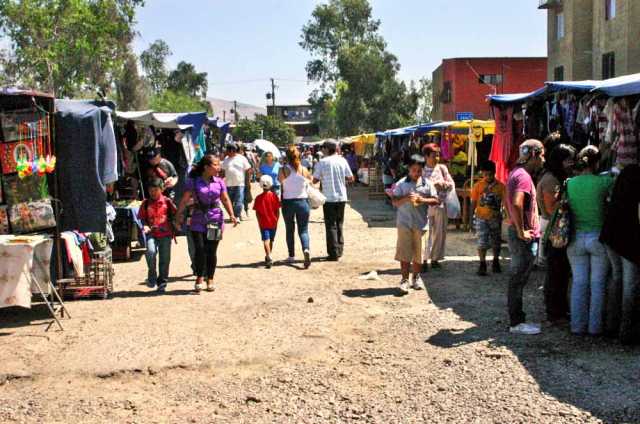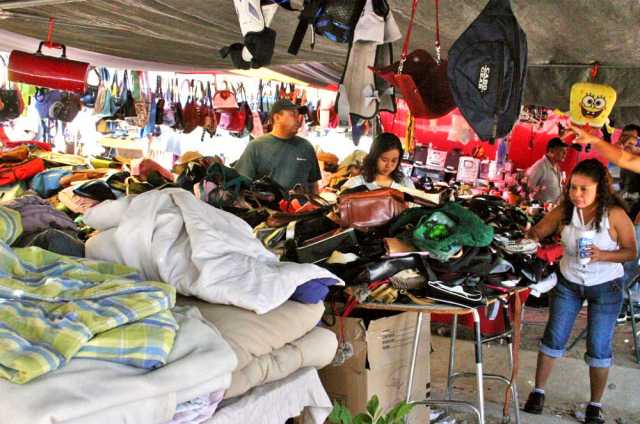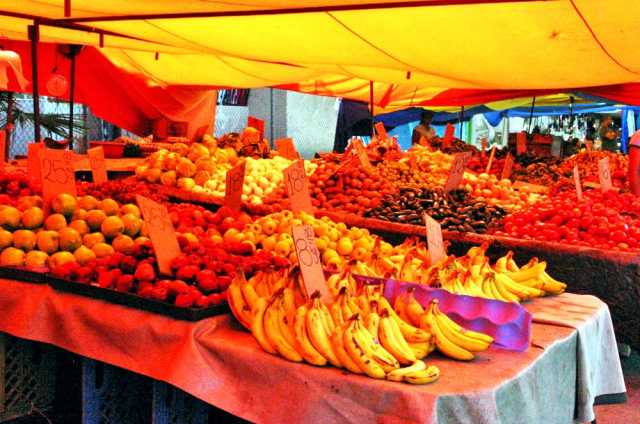A border town street market
There are other names used to refer to these informal markets in Tijuana, too, like the name Tianguis that has an indigenous origin in the ancient Nahuatl language. The diversity of names stems from a long and diverse history of popular markets in Mexico that can be traced back to the pre-Hispanic era. A variety of studies discuss the market tradition in Mexico, such as El Tianguis de Toluca: Una Reminisencia de los mercados prehipanicos (1995) by Marcelin Castillo.
In Tijuana, the sobreruedas is a massive and rapidly growing phenomenon. La Frontera (www.frontera.info), a local newspaper, reported in October of 2011 that the number of permits given by the mayor´s office to vendors working in these kinds of markets has risen dramatically in the last five years. An official report published by the Dirección de Inspección y Verificación Municipal, the office that grants this type of permit, found that from 2005 to 2010 the number of permits had shot up from 8,435 to 14,138, an increase of 68%.
The main explanation for this social and economic phenomenon is the expansion of informal labor caused by the growth of unemployment in México and the low wages paid in most of the formal enterprises. Both of these factors have led to a massive expansion in the informal economy, not only in Tijuana but in the whole country.
As an economic phenomenon, the sobreruedas markets in Tijuana fulfill two distinctive functions: providing work for thousands of people amidst the ups and downs of the fragile economy of Mexico, and serving the marginal sectors of society with basic goods. Since the early twentieth century the mercado sobreruedas has brought basic products such as food or clothes to the slums on the margins of the city. Still, today, most of the markets in Tijuana can be found in the popular, less affluent neighborhoods of the city.
read more...
read more...
read more...
read more...
read more...
read more...
read more...
read more...
read more...
read more...
read more...
read more...
read more...
read more...
